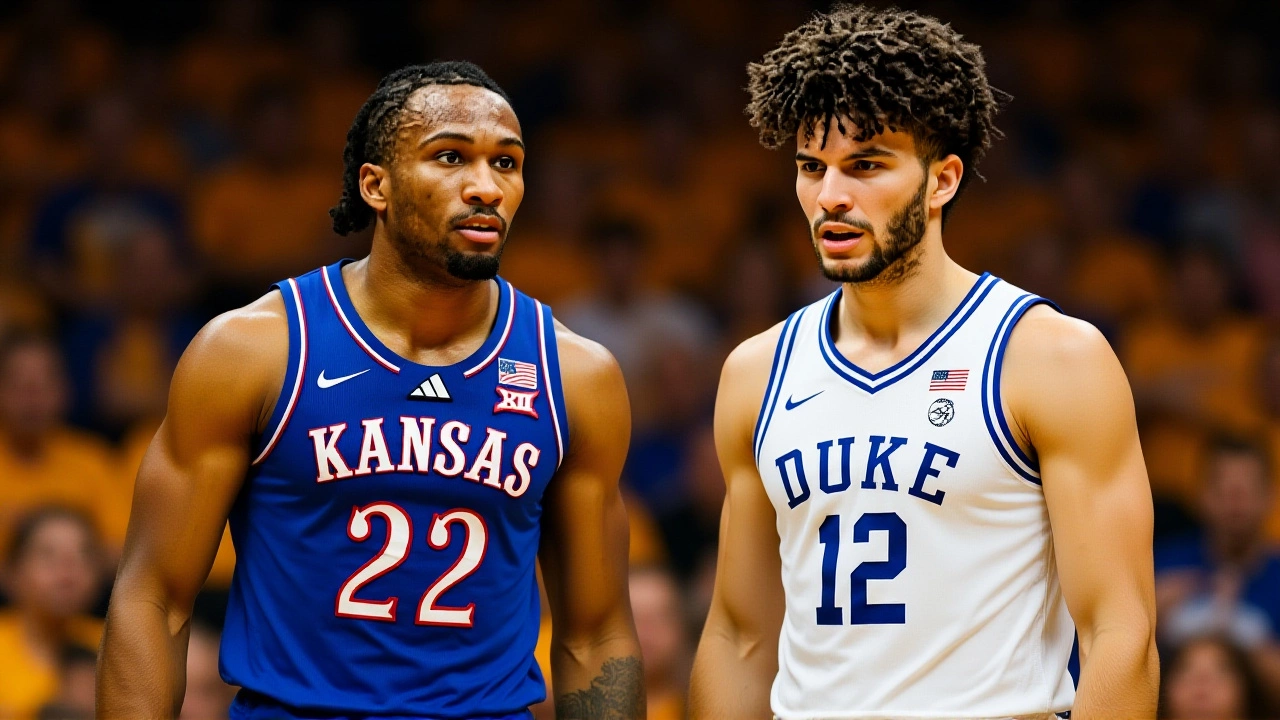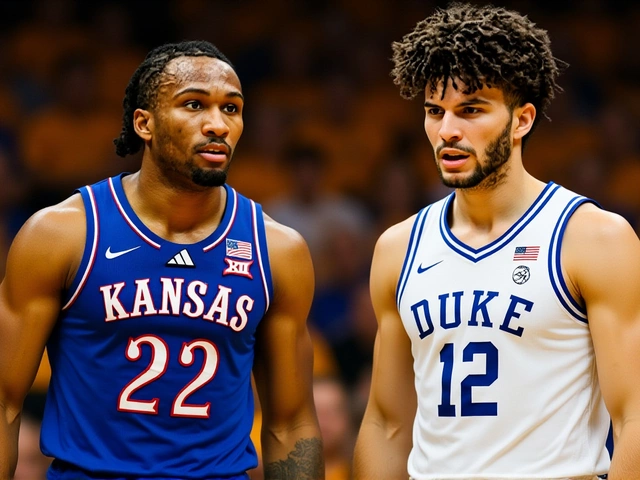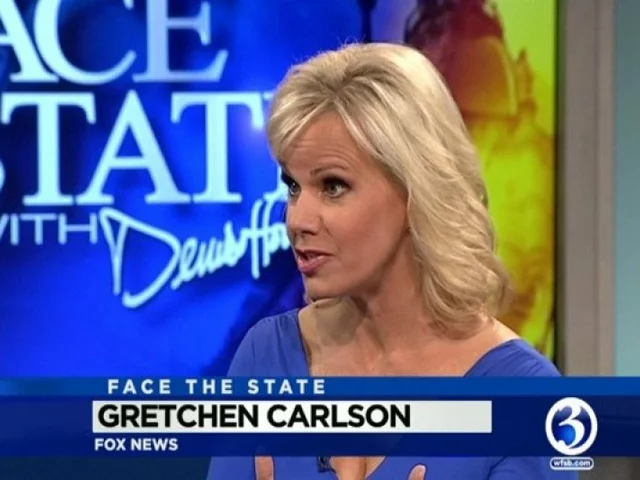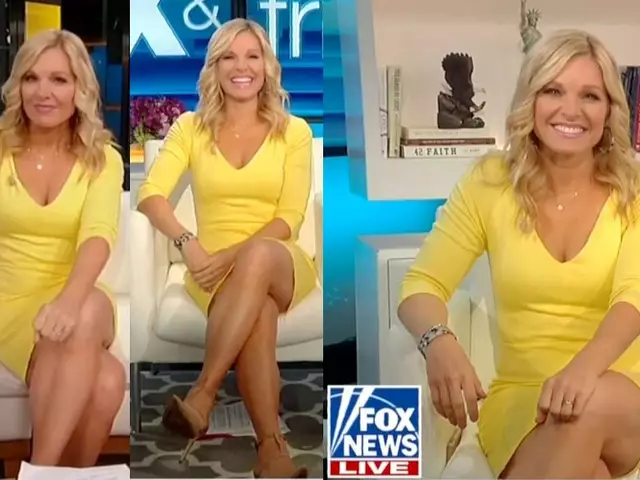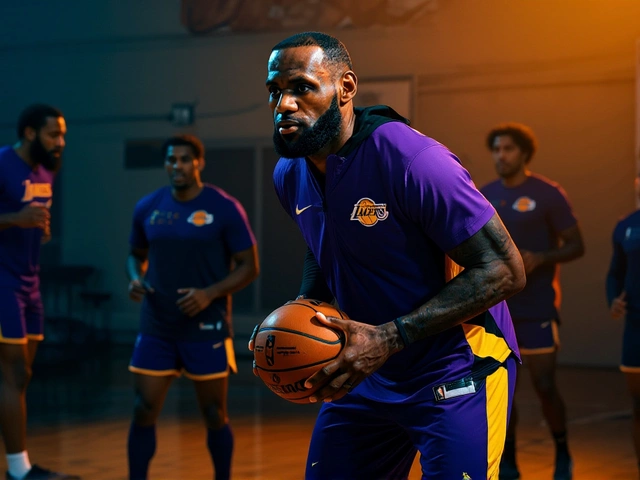Darryn Peterson Out Indefinitely with Hamstring Strain, Kansas Loses to Duke Without Star Freshman
When Darryn Peterson stepped onto the court for his collegiate debut against Green Bay on November 4, 2024, he didn’t just announce himself—he announced a future NBA franchise player. The 18-year-old guard dropped 21 points, four rebounds, and three assists in his first game. Two nights later, he dropped 22 on North Carolina. Then, the hamstring tightened. And it never loosened. By the time Kansas Jayhawks faced Duke Blue Devils at Madison Square Garden on November 19, 2024, Peterson was sidelined, and so was Kansas’ ceiling. The Jayhawks lost 78-66. The No. 1 prospect in the 2026 NBA Draft, per CBS Sports, was watching from the bench. And the ripple effect? It’s just beginning.
The Injury That Changed Everything
It started subtly. A cramp in an exhibition game against Louisville. Then another in the second half against Green Bay. Coach Bill Self didn’t panic. He’s seen this before—freshmen with elite talent, raw bodies still catching up to their potential. But after the Carolina game, something shifted. Peterson stole a pass, exploded to the rim for two quick points, and afterward, he told trainers: "It just felt different. Tight." No pop. No tear. Just persistent, nagging tightness. "He’s played with it," Self said on November 16. "But it’s still sore. And when you’re pushing off like he does, that’s not something you can ignore." By November 19, the diagnosis was confirmed: a slight hamstring strain. Not a tear. Not a rupture. But enough to shut him down. "Until that subsides, he’s not going to be confirmed to play on it," Self told CBS Sports’ Jon Rothstein. The medical staff isn’t taking chances. A tweaked hamstring can become a career-altering issue if rushed. And with Peterson projected as the top pick in 2026, Kansas isn’t gambling.The Duke Game: A Window Into Kansas Without Peterson
The Champions Classic wasn’t just a rivalry game. It was a test. Without Peterson, Kansas lost its most dynamic perimeter threat. He’s the only player on the roster who can consistently attack the paint, draw multiple defenders, and create for others. Duke knew it. Jon Scheyer’s team sagged off Kansas’ shooters, dared them to shoot, and exploited the lack of driving pressure. In the final 4:40, the Blue Devils outscored the Jayhawks 11-2. "Without Peterson to get into the paint and force Duke into some more honest defense," Self admitted, "it was only a matter of time." Rothstein had predicted a 15-point Duke win before tip-off. The actual margin? 12. It was close—too close for comfort. But the absence of Peterson turned every possession into a battle. Kansas shot 38% from the field. Duke? 51%. The difference wasn’t just talent. It was structure. Pace. Threat.What’s Next for Kansas?
The Jayhawks dropped to No. 24 in the AP Poll after the loss—out of the top 20 for the first time since mid-February last year, when they finished 21-13. That’s not a fluke. That’s a pattern. Last season, Kansas missed the NCAA Tournament. This season, they’re already playing catch-up. Without Peterson, their offense lacks a true creator. Their bench isn’t deep enough to compensate. And their schedule? Brutal. The Players Era Festival in Las Vegas next week—three games in four days against Notre Dame and Syracuse—is now out of the question for Peterson. Self confirmed it: "No chance he plays three games in Vegas." Meanwhile, the team is being reconfigured. Freshman forward Jalen Wilson is being asked to handle more playmaking. Senior guard Kevin McCullar is playing 38 minutes a night. The system is bending. But it’s not breaking yet. "We’re a makeshift team right now," Self said. "And we’re going to have to figure it out."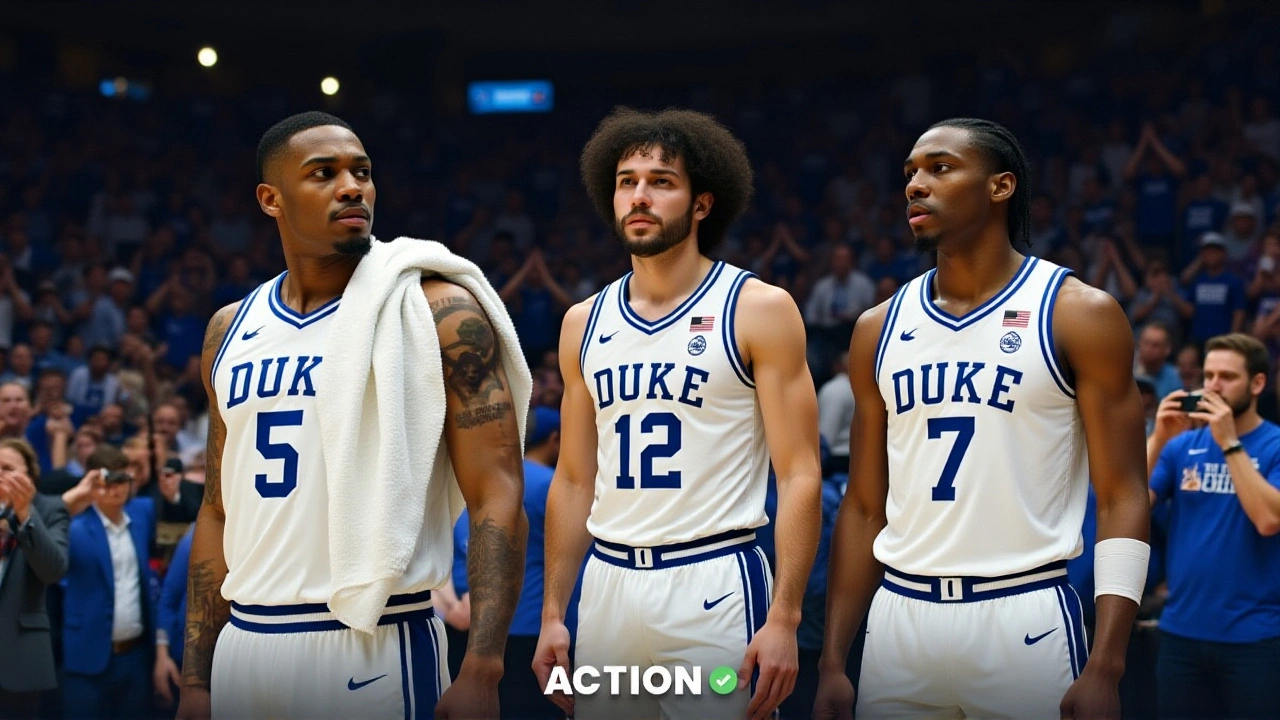
Why This Matters Beyond Lawrence
Peterson isn’t just a college player. He’s a future NBA franchise cornerstone. The NBA draft isn’t 18 months away—it’s already shaping up. Scouts from the Orlando Magic, Detroit Pistons, and San Antonio Spurs have been at every Kansas game this season. Now, they’re watching how he recovers. How he responds. How he moves in rehab. Teams don’t just draft talent—they draft durability. A hamstring strain isn’t a red flag, but a lingering one? That’s a conversation starter in front offices.For Kansas, the stakes are higher than wins and losses. This is about momentum. About recruiting. About proving they can still compete for titles without a transcendent freshman. The last time they had a top-five recruit like Peterson? Frank Mason III. And he carried them to the Final Four. This group? They’re still searching for their identity.
Timeline: The Road to Recovery
- November 4, 2024: Peterson debuts with 21 points against Green Bay.
- November 9, 2024: Scores 22 points against North Carolina, then begins feeling tightness.
- November 12, 2024: Misses game vs. Texas A&M-Corpus Christi due to hamstring discomfort.
- November 16, 2024: Coach Bill Self confirms Peterson will be out "for the immediate future."
- November 19, 2024: Peterson misses third straight game as Kansas loses to Duke 78-66. Diagnosis: slight hamstring strain.
- November 21–22, 2024: Next medical evaluation scheduled.
- November 27–29, 2024: Players Era Festival in Las Vegas—Peterson ruled out.
Self says they’re "feeling good" about the rehab process. But "good" doesn’t mean back on the court. It means no setbacks. And in college basketball, setbacks are expensive.
Frequently Asked Questions
How serious is Darryn Peterson’s hamstring strain?
It’s classified as a slight strain—not a tear—but the fact that it’s lingered for weeks and caused consistent tightness raises caution. Hamstring injuries are notorious for recurring if not fully healed. Kansas’ medical staff is prioritizing long-term health over short-term production, especially since Peterson is projected as the No. 1 pick in the 2026 NBA Draft. A rushed return could jeopardize his professional future.
Who steps up for Kansas without Peterson?
Senior guard Kevin McCullar is playing over 38 minutes per game and handling primary playmaking duties. Freshman forward Jalen Wilson has been asked to create more off the dribble, though he’s not a natural ball-handler. The Jayhawks are relying on zone defenses and transition play to compensate for the loss of Peterson’s scoring and driving threat. Their bench lacks a true guard scorer, making every possession more difficult.
Could Peterson miss the entire season?
Unlikely, but possible. The next evaluation is scheduled for November 21–22. If the tightness resolves quickly, he could return by early December. But if there’s any setback, he may miss the Big 12 conference opener against Texas Tech on December 4. The Jayhawks play 10 games before New Year’s Day—every one of them without their best player. A return by mid-December would be considered a success.
How does this affect Kansas’ NCAA Tournament chances?
It hurts. Kansas was already on the bubble last year, finishing 21-13 and missing the tournament. This year’s non-conference schedule includes games against Duke, North Carolina, and a potential rematch with Gonzaga. Without Peterson, they lack the offensive firepower to win close games against elite teams. They’ll need to win at least 10 of their 18 Big 12 games just to stay in contention. A 25-win season now feels like a stretch.
Why is Darryn Peterson considered the No. 1 NBA Draft prospect for 2026?
At 6’4" and 195 pounds, Peterson combines elite athleticism with advanced court vision and scoring versatility. He’s a 40% three-point shooter in college and can finish through contact. His defensive instincts are sharp, and he plays with a high basketball IQ. Scouts compare him to a young De’Aaron Fox—explosive, efficient, and capable of carrying an offense. Few guards in the last decade have entered college with this level of projection.
What’s the history of top recruits missing games due to minor injuries?
It’s common. Zion Williamson missed four games with a knee sprain in 2018. Anthony Edwards dealt with a foot injury early in his freshman year at Georgia in 2019. But the difference with Peterson is the timing—he’s been hampered since Day 1. That’s unusual. Most elite prospects get through the first few games before injuries strike. The fact that his issue began in preseason and persists now suggests underlying biomechanical factors that may require more than rest to fix.
